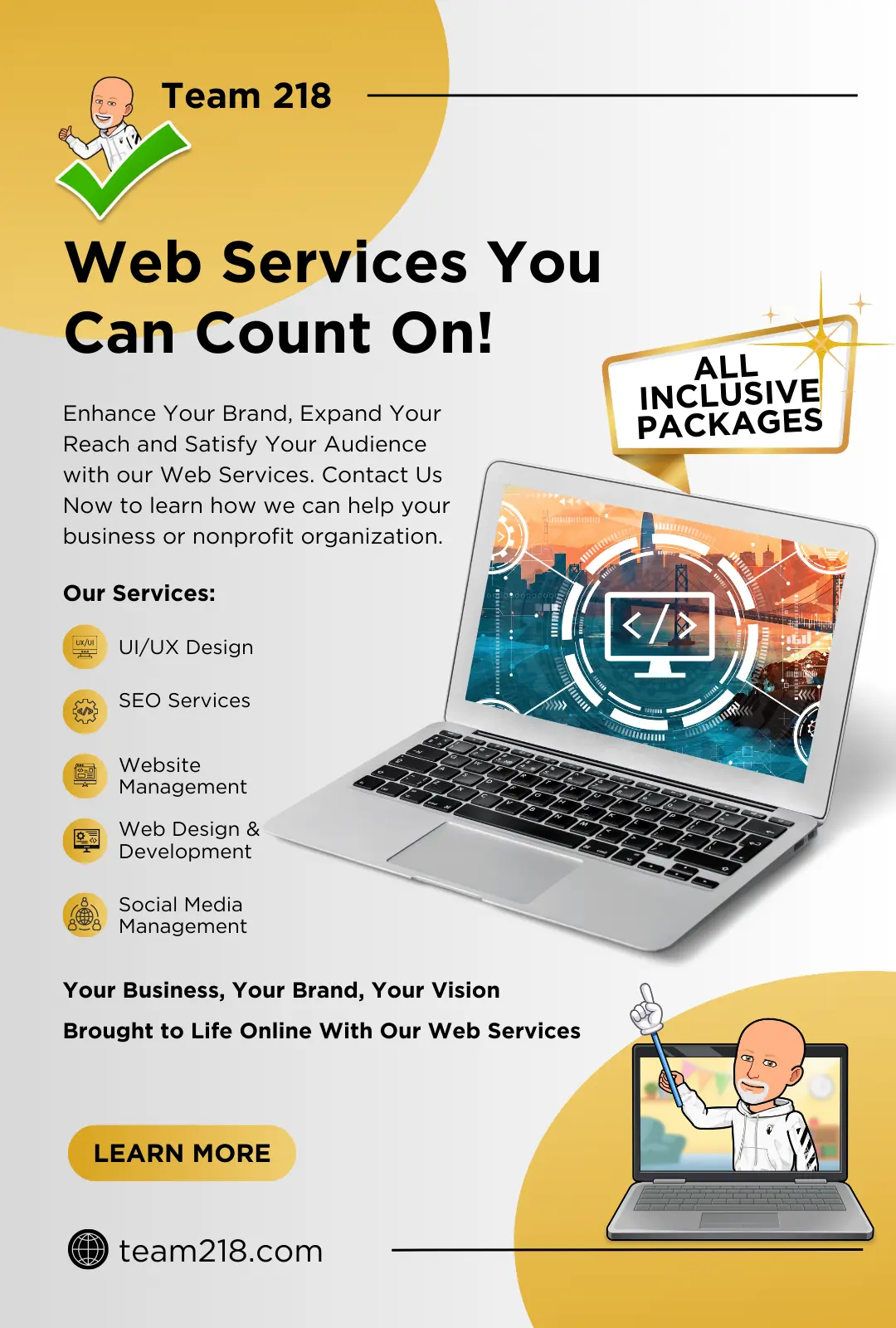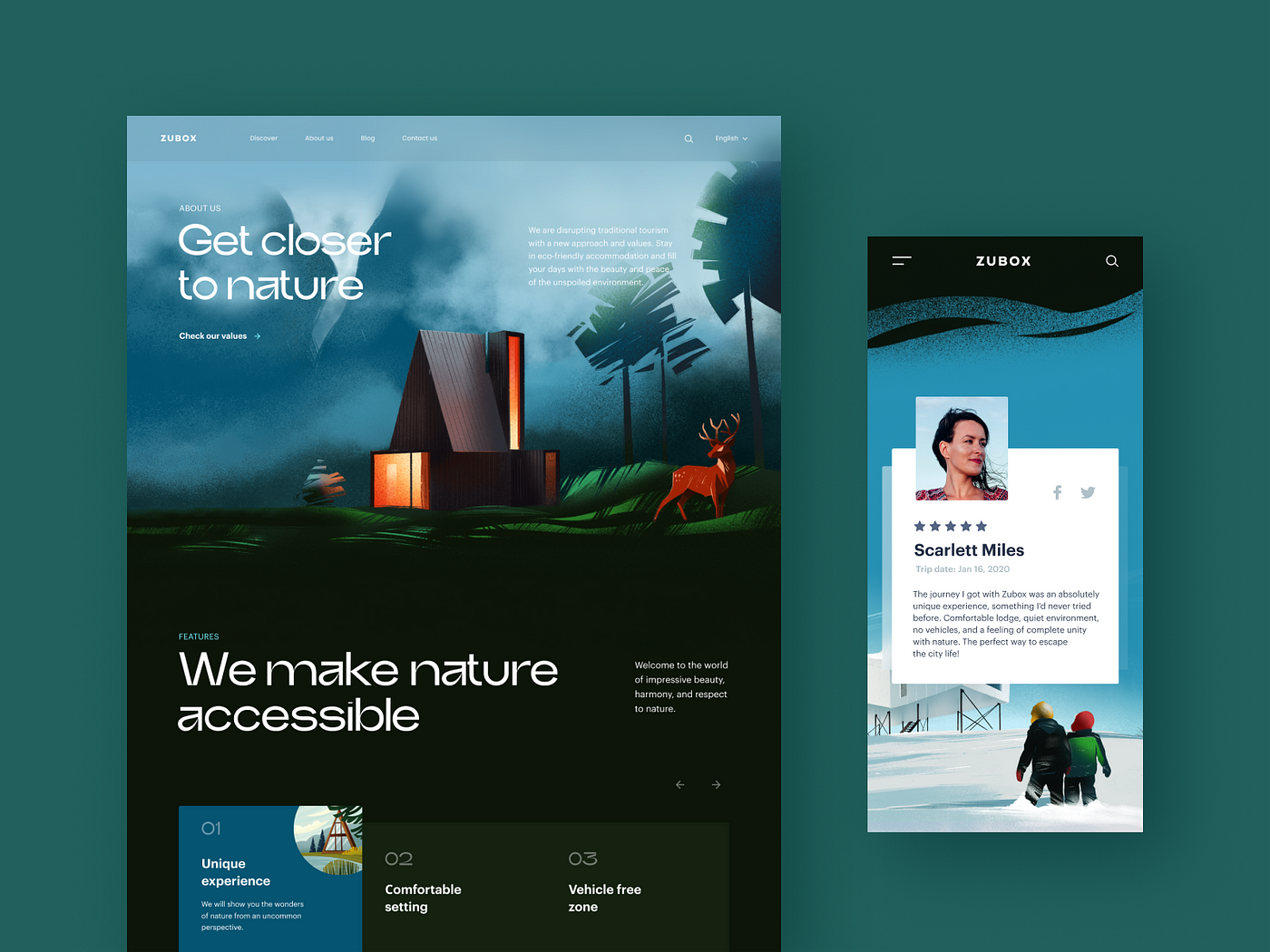Unlocking the Tricks to Exceptional Web Design for Your Service
Unlocking the Tricks to Exceptional Web Design for Your Service
Blog Article
The Comprehensive Guide to Crafting Visually Appealing and Useful Website Design That Satisfies Customer Needs
In today's digital landscape, the importance of crafting website design that are both aesthetically appealing and functional can not be overstated. By prioritizing user-centered style concepts, designers can produce experiences that not just bring in but also retain customer passion. Key visual components such as balance, positioning, and comparison play an essential duty in this process, while the need of responsive layout guarantees accessibility throughout different tools. Nevertheless, the journey does not finish with preliminary layout; continuous testing and iteration are important for improvement. What techniques can one utilize to successfully stabilize these parts?
Comprehending User-Centered Style
At the heart of reliable website design lies the concept of user-centered style, an ideology that focuses on the demands, preferences, and habits of customers throughout the growth process. This method involves thorough study to recognize the target audience, ensuring that the final item resonates with its desired individuals. By including individual comments at every phase, designers can create interfaces that are not just aesthetically appealing however also functional and intuitive.
User-centered layout emphasizes compassion, requiring designers to enter the individuals' shoes and consider their viewpoints. Techniques such as user characters, trip mapping, and use screening are utilized to identify pain points and possibilities for improvement. This iterative process permits for consistent improvement, as developers adjust to progressing customer requirements and technological innovations.
Integrating user-centered layout leads to raised individual fulfillment and interaction, eventually causing higher conversion rates and brand loyalty. It fosters a collective setting where stakeholders, including individuals, designers, and programmers, interact to attain a common vision. By placing customers at the center of the design process, organizations can create websites that not just meet company goals however likewise supply meaningful and rewarding experiences for users.
Trick Principles of Visual Style
Effective aesthetic layout acts as the foundation for developing appealing and easy to use web sites. It encompasses numerous crucial principles that direct designers in crafting visually pleasing and useful user interfaces.
First, balance plays an important role in achieving visual consistency. Designers ought to distribute aspects uniformly throughout the layout to avoid frustrating users. This can be attained via unbalanced or symmetrical layout methods.

Additionally, alignment is essential for organizing info. Consistent placement of message and photos promotes a clean format, boosting general navigation and individual experience.
 Distance also contributes to aesthetic clearness. Grouping relevant products together help customers in recognizing the relationship in between various elements, making the interface more intuitive.
Distance also contributes to aesthetic clearness. Grouping relevant products together help customers in recognizing the relationship in between various elements, making the interface more intuitive.Last but not least, consistency in design components, such as designs, shades, and fonts, enhances brand name identity and helps customers browse the site a lot more easily. By including these essential principles of aesthetic layout, web developers can produce interfaces that are not only visually attractive however user-centered and likewise useful.

Relevance of Responsive Layout
Responsive design is an important aspect of modern-day web advancement, ensuring that sites operate perfectly throughout a variety of gadgets and screen sizes. As the internet landscape progresses, the variety of devicesâEUR" varying from smart devices to tablet computers and desktop have a peek here computersâEUR" requires a style method that suits all users.
Implementing responsive style permits a versatile format that immediately adapts based upon the customer's screen dimensions. This flexibility not only improves access yet also boosts use, as individuals can navigate and communicate with the website easily, despite their device.
In addition, internet search engine like Google focus on mobile-friendly websites in their ranking formulas. A receptive design can substantially enhance a website's search engine optimization efficiency, inevitably driving more web traffic and increasing exposure.
Additionally, receptive style decreases the need for preserving numerous variations of a website, streamlining updates and material management. This performance equates right into expense financial savings and an extra natural brand experience throughout platforms.
Enhancing Customer Experience
User experience (UX) is a pivotal part of website design, affecting how visitors connect with a website and regard its worth. A well-crafted UX makes sure that users can navigate with ease, discover web design information conveniently, and achieve their goals effectively. The style needs to take into consideration the customer's journey, from the minute they arrive on the site to the conclusion of their wanted activity, whether that be making a purchase, signing up for an e-newsletter, or accessing details.
Key aspects that enhance UX include clear navigation, responsive formats, and engaging visual content. Consistency in design elements such as buttons, font styles, and shades cultivates experience, making the website really feel natural. Furthermore, optimizing tons times is critical; customers are much less most likely to stay on a site that is slow to respond.
Including accessibility attributes guarantees that all customers, including those with disabilities, can interact with the website perfectly. Furthermore, user-centric style principles should direct content company, offering relevant information in a sensible structure. By focusing on user demands and choices, web developers can develop experiences that are not just aesthetically appealing yet additionally useful, ultimately fostering user contentment and loyalty
Evaluating and Iterating Designs
Examining and iterating designs are essential procedures that adhere to the initial creation of an internet site, making certain that the individual experience remains at the forefront of any kind of changes. These phases include gathering individual comments, examining layout efficiency, and making notified alterations to improve use and involvement.
Functionality testing permits developers to observe real users as they interact with the web site, determining discomfort factors and areas for improvement (web design). User studies can supply qualitative insights, catching individual views and choices.
Once visit our website testing is completed, the version stage starts. This entails refining the design based on the gathered data, prioritizing adjustments that line up with customer requirements and service objectives. Constant version promotes an adaptive layout strategy, where the web site progresses in response to individual actions and comments. By committing to extensive screening and iteration, developers can create a web site that not just satisfies visual criteria yet likewise delivers a enjoyable and seamless customer experience.
Final Thought
Finally, efficient website design necessitates the integration of user-centered concepts, essential aesthetic style elements, and responsive frameworks to develop interesting user interfaces. By focusing on individual needs and carrying out continual testing and model, designers can improve their creations to boost overall contentment. The dedication to these practices not only cultivates an aesthetically enticing aesthetic however also ensures capability throughout diverse tools, inevitably contributing to a positive individual experience and increased involvement.
By prioritizing user-centered layout concepts, designers can create experiences that not just draw in yet likewise keep individual interest.At the heart of efficient web layout lies the concept of user-centered design, an approach that focuses on the requirements, preferences, and behaviors of individuals throughout the development process. By placing individuals at the forefront of the layout procedure, companies can produce websites that not only meet company goals however likewise offer meaningful and fulfilling experiences for individuals.
By prioritizing individual needs and choices, internet designers can develop experiences that are not just visually attractive but also useful, inevitably promoting user contentment and loyalty.
Customer surveys can offer qualitative insights, recording customer sentiments and preferences. (web design)
Report this page